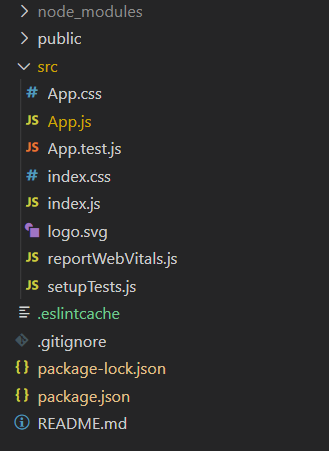ReactJS UI Ant Design Calendar Component
Last Updated :
30 May, 2021
Ant Design Library has this component pre-built, and it is very easy to integrate as well. The calendar component is used as a container for displaying data in the form of the calendar. We can use the following approach in ReactJS to use the Ant Design Calendar Component.
Calendar Props:
- dateCellRender: It is used to customize the display of the date cell by appending the returned content to the cell.
- dateFullCellRender: It is used to customize the display of the date cell by overriding the returned content to the cell.
- defaultValue: It is used to denote the date selected by default.
- disabledDate: It is a function that specifies the dates that can not be selected.
- fullscreen: It is used to indicate whether to display in full-screen or not.
- headerRender: It is used to render the custom header in the panel.
- locale: It is used for the calendar’s locale object.
- mode: It is used to indicate the display mode of the calendar.
- monthCellRender: It is used to customize the display of the month cell by appending the returned content to the cell.
- monthFullCellRender: It is used to customize the display of the month cell by overriding the returned content to the cell.
- validRange: It is used to set the valid range.
- value: It is used to denote the value of the currently selected date.
- onChange: It is a callback function that is triggered when the date changes.
- onPanelChange: It is a callback function that is triggered when the panel changes.
- onSelect: It is a callback function that is triggered when a date is selected.
Creating React Application And Installing Module:
-
Step 1: Create a React application using the following command:
npx create-react-app foldername
-
Step 2: After creating your project folder i.e. foldername, move to it using the following command:
cd foldername
-
Step 3: After creating the ReactJS application, Install the required module using the following command:
npm install antd
Project Structure: It will look like the following.

Project Structure
Example: Now write down the following code in the App.js file. Here, App is our default component where we have written our code.
App.js
import React from 'react'
import "antd/dist/antd.css";
import { Calendar } from 'antd';
export default function App() {
return (
<div style={{
display: 'block', width: 700, padding: 30
}}>
<h4>ReactJS Ant-Design Calendar Component</h4>
<Calendar onChange={(value) => {
alert(`Your selected ${value.format('YYYY-MM-DD')}`)
}} />
</div>
);
}
|
Step to Run Application: Run the application using the following command from the root directory of the project:
npm start
Output: Now open your browser and go to http://localhost:3000/, you will see the following output:

Reference: https://ant.design/components/calendar/
Like Article
Suggest improvement
Share your thoughts in the comments
Please Login to comment...